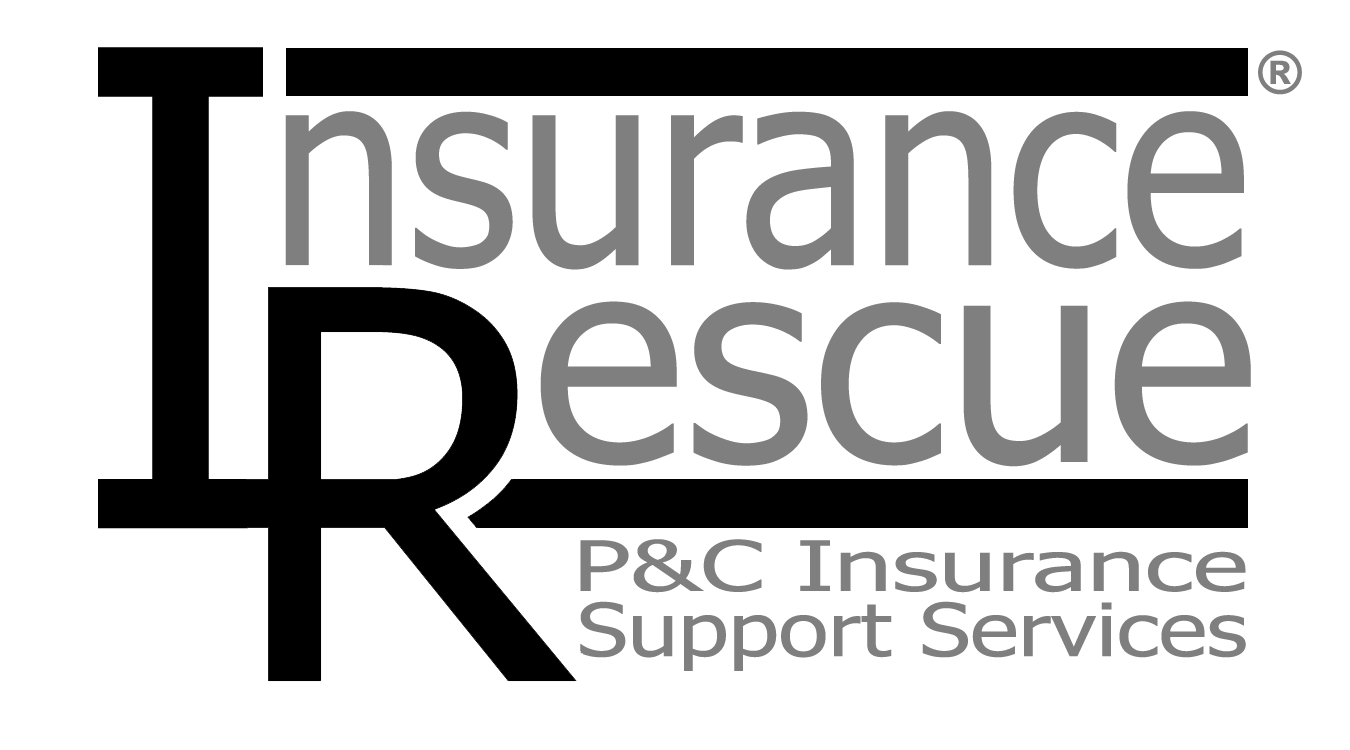InsuranceRescue Publications
What is a BOP?
This month I’ll be discussing the insurance topic of the Business Owner’s Policy, or more commonly referred to as a BOP. Every business owner, regardless of the size of the business, needs basic insurance coverages to protect themselves and their company. This conversation will focus on main street and small businesses and not the mega-corporations.
If I remember correctly, back in the 1970’s Allstate Insurance Company combined several business insurance coverages and created the first business insurance package, known as a Business Owners Policy. The Insurance Services Office (ISO) followed with their BOP product shortly afterwards. And I believe that the American Association of Insurance Services (AAIS) followed with their version soon afterward, too. There have been numerous coverage changes over the decades, with ISO’s most recent revisions occurring in 2013.
Since that time most commercial insurance writers have adopted ISO or AAIS products or have created their own versions of the BOP. There are hundreds of thousands of links when searching for BOP insurance on the Internet, most offering a product to buy.
The very first editions of the BOP simply combined liability and property insurance coverages. Nothing complex, but certainly easier for agents to explain and sell to the small business owner. As the years progressed, more and more standard and optional coverages were added. I’ll touch on that in a moment. The rating (pricing) has also continued to be simplified.
All right, who actually needs a Business Owner’s Policy? The answer is simple - every small business owner.
Here’s a generic list of businesses that might need a BOP.
- Apartment buildings
- Automobile parts store
- Commercial buildings (typically those used as offices or for mercantile and retail business)
- Condominiums
- Contractors (e.g. landscaping, carpentry, residential construction, etc.)
- Convenience store owners
- Garages (automotive service and repair businesses)
- Hobby shop owners
- Manufacturers (various specialties; different by insurance company)
- Office buildings (e.g. financial, legal, medical, other services)
- Restaurant ()
- Restaurants (e.g. caterers; fast food; family-style; fine dining; banquet and reception facilities. Limits on restaurant square footage and alcohol sales - typically beer and wine only)
- Self-employed individual with an office exposure
- Stores (various retailers)
- Technology companies
- Wholesalers
Businesses have many exposures to that of a homeowner. They also have business-specific exposures. Here are some of the more common ones.
Liability (a customer trips over a floor display while in your store)
Medical payments (that tripping customer falls on their head and requires stitches)
Real property (your owned buildings)
Business Personal Property (contents such as furniture, tools, business supplies; certain items in your care, control and custody; etc.)
Hired and non-owned auto liability
Computer fraud
Loss of business income
There are thousands of business types eligible for a BOP, each dependent on the individual insurance company underwriting guidelines.
Underwriting guidelines, used by insurance companies and agents, help with risk selection. Every insurance company has their own guidelines for the types of businesses that they are willing to insure. These guidelines also may define businesses, exposures and risks that the company is unwilling to insure.
There are numerous requirements outlined in underwriting guidelines. Here are few common items that are reviewed by insurance company underwriters or automated underwriting systems.
Management experience
Business profitability
Financial stability
Previous losses and claims history
Building age and maintenance
Building security standards (central alarm systems, etc.)
Building size (square footage; number of stories)
Building age
Business annual sales amount
Business payroll amount
Number of employees
Are there beer, wine or alcohol sales?
Coverage amounts (minimums and maximums)
ISO’s 2013 revisions included more than thirty property form changes, several major liability revisions, and numerous endorsement revisions as well as new endorsements. There is simply too much information to go into any depth for an article of this length.
As with your personal Homeowner’s Insurance coverage, it’s important to purchase the right limits and additional endorsements to properly protect your business. For owned buildings, do you need full replacement cost coverage or will actual cash value be sufficient? For potential liability exposures, will the limits available on the BOP be sufficient or do you need to purchase a business umbrella or excess liability policy in addition to the BOP? Most business owners may very likely need insurance coverage in addition to the BOP to be properly covered.
You can now get quotes for BOPs online, which may be a great place to start your search. However, commercial insurance risks are typically more complex than personal lines exposures, so finding a trusted and experienced insurance agent is definitely a worthwhile and recommended endeavor (see my previous article, Drawbacks Involved in Cheap Business Insurance).
Jonathan Farris is a retired insurance executive and president of InsuranceRescue Services, LLC, a property & casualty insurance consulting firm based in Madison, Wisconsin. Mr. Farris can be reached at jon@insurancerescue.com.
